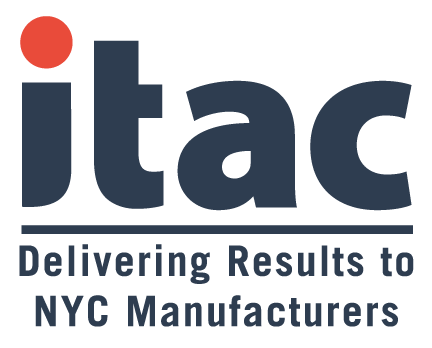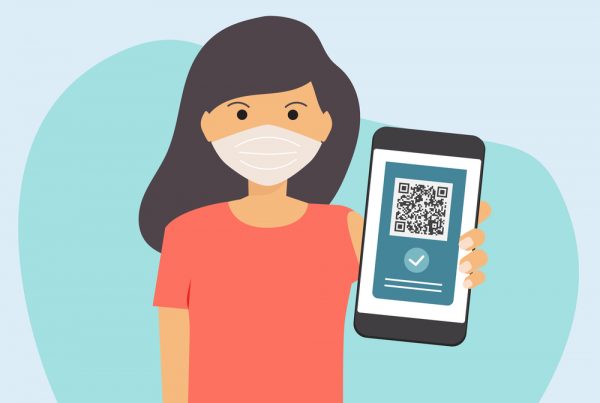COVID-19 Funding Assistance Update – New Interim Final Rule (“IFR”)
SBA Issues a New Interim Final Rule (“IFR”):
Much-awaited guidance on the changes to the calculation for sole proprietors and independent contractors has been released. Would-be borrowers that fall into these two categories will now be able to utilize either their net income or their gross receipts as their portion of ‘payroll costs’ with respect to calculating the loan amount . While the overall $100,000 limitation still remains, the change benefits any sole proprietor or independent contractor who has less than $100,000 of net income reported on their schedule C, but higher gross receipts. A borrower who has payroll costs paid to employees must reduce their overall gross receipts for these payroll costs in order to avoid double dipping.
An important (and sure to be controversial) point made in the IFR is that the SBA is implementing the change on a prospective basis, and will not allow borrowers who already have an approved loan to increase their loan amount. Finally, the SBA indicated that any borrower who utilizes the gross receipts metric to calculate their loan amount, and receives in excess of $150,000 in loan (presumably combined with employees), will not be covered by the safe harbor that presumes their loan necessity certification was made in good faith.
The SBA has also released updated borrower loan application forms to account for these changes, which can be found here.
SBA Issues Updated FAQs:
Concurrent with the above IFR, the SBA released updated FAQs which now reflect the changes in FAQs as a result of the Consolidated Appropriations Act in December 22. The FAQs are 65 strong – some highlights are as follows:
- FAQ 14 updates the understanding of which period the borrowers should use to determine their number of employees – borrowers may use the average employment over the time period used to calculate their loan amount to determine their number of employees for purposes of applying an employee-based size standard. Borrowers may also elect to use the SBA’s usual calculation – average number of employees per pay period in the 12 calendar months prior to the date of the loan application.
- FAQ 36 reminds borrowers that employee count for establishing eligibility under the 500 or 300 thresholds requires a company to count all employees, not FTEs. Example provided is 200 full-time employees, 50 part-time employees working 10 hours a week – resulting employee count is 250.
- FAQ 31 continues to indicate that all borrowers should review carefully the required certification that “current economic uncertainty makes this loan request necessary to support the ongoing operations of the Applicant.”
- FAQ 46 updates the prior safe harbor guidance issued around the loan necessity certification. Specifically, it indicates “because Second Draw PPP Loan borrowers must demonstrate that they have had a 25% reduction in gross revenues, all Second Draw PPP Loan borrowers will be deemed to have made the required certification concerning the necessity of the loan in good faith.” While not precluding the IRS from selecting certain loans for review, this is certainly a big update for all borrowers of PPP loans.
- FAQ 53 reaffirms that borrowers of $2m+ loans for PPP1 will receive the Form 3509 Loan Necessity Questionnaire and that the SBA will utilize it in conjunction with other data to affirm that the borrower made economic uncertainty certifications in good faith at the time the loan application was made. The focus continues to remain on the time at which the loan application was made, regardless is subsequent developments resulted in the loan no longer being necessary.
- New FAQ 61 provides color to the certification that the borrower has utilized all of the first draw PPP funds prior to the disbursement of PPP2 funding. Specifically, it indicates that a borrower can make this certification in good faith provided they have spent the funds on eligible expenses, regardless of the percentage of those funds used toward payroll costs. This appears to be a departure from a prior IFR, which seemed to indicate that the 60% requirement still had to be met.
- New FAQ 63 reaffirms previous guidance that the alternative size standard cannot be utilized to establish eligibility for a second draw loan.
This information is provided by Withum. Visit Withum’s COVID-19 Resource Center for insights to help you and your business during this challenging time. Looking for more COVID-19 Funding Assistance Updates? Check out our News page.






